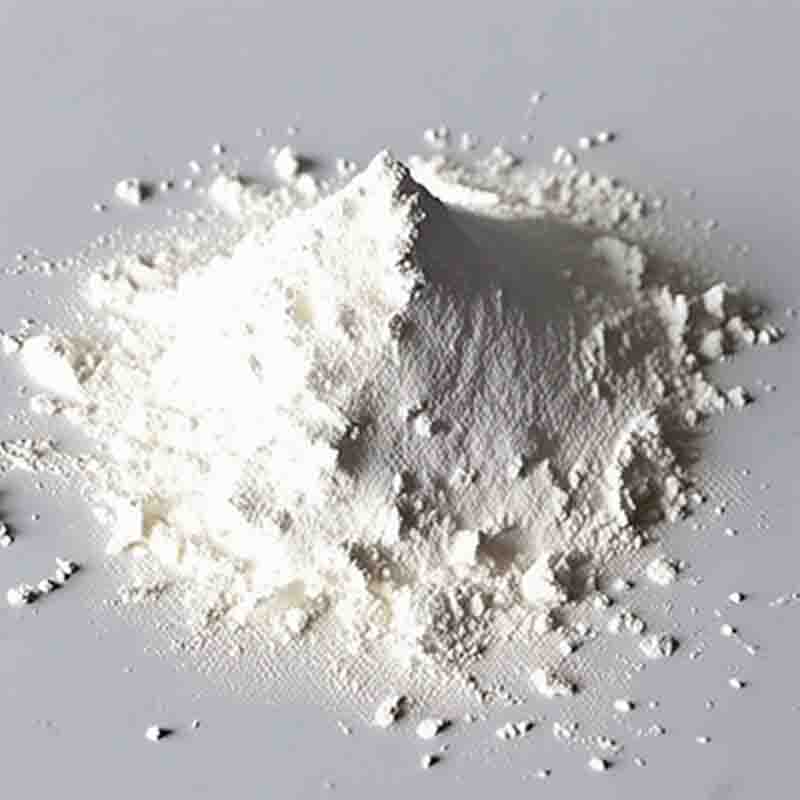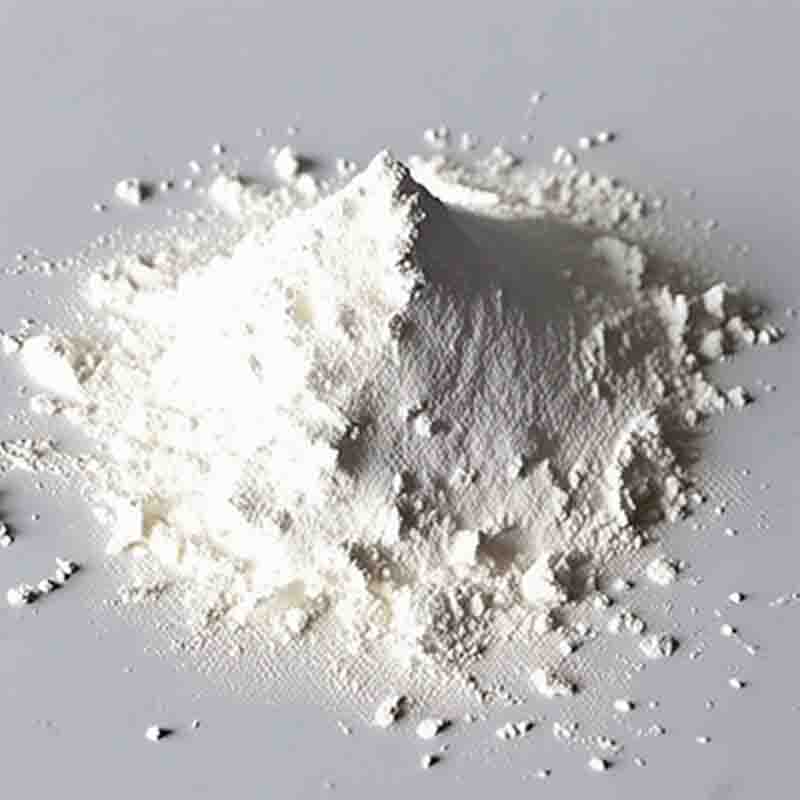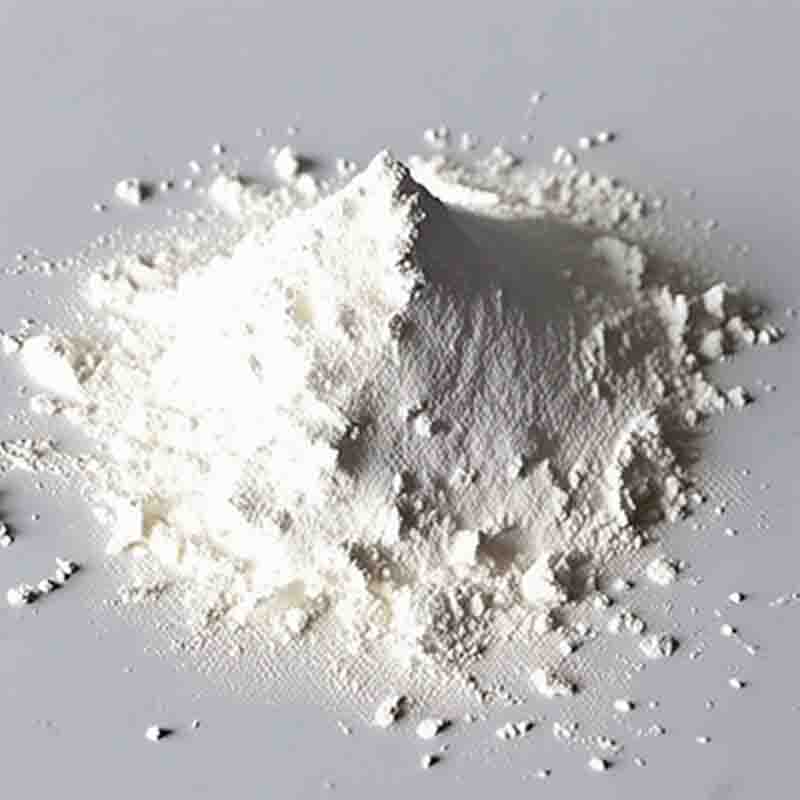Adipicacid CAS:124-04-9
| Catalog Number | XD95366 |
| Product Name | Adipicacid |
| CAS | 124-04-9 |
| Molecular Formula | C6H10O4 |
| Molecular Weight | 146.14 |
| Storage Details | Ambient |
Product Specification
| Appearance | White powder |
| Assay | 99% min |
Adipic acid is a key compound in the chemical industry, with various effects and applications across different fields. This 300-word essay will discuss its effects and uses.One of the primary effects of adipic acid is its role as a precursor in the production of nylon. Adipic acid is an essential component in the synthesis of nylon 6,6, which is widely used in the production of fibers, textiles, and engineering plastics. The reaction between adipic acid and hexamethylenediamine forms a polymer chain, providing nylon with its excellent mechanical properties, including high strength, durability, and resistance to wear and tear. The versatility and wide range of applications of nylon make adipic acid a critical compound in the textile and plastics industries.Adipic acid also acts as an acidulant in certain food and beverage products. It is commonly used as a flavoring agent, conferring a tart taste in carbonated beverages, fruit-flavored drinks, and gelatin desserts. Adipic acid's acidity helps enhance the flavor profile of these products and can also contribute to pH control and preservation. Its use as an acidulant in food and beverages demonstrates its importance as a food additive and ingredient.In addition, adipic acid finds applications in the production of polyurethane foams and coatings. By reacting with diisocyanates, adipic acid participates in the formation of polyurethane, an extensively used material in insulation, furniture, automotive seating, and adhesives. The presence of adipic acid can modify the properties of polyurethane, such as its flexibility, hardness, and flame resistance, enabling the production of customized materials for different applications.Furthermore, adipic acid is utilized in the synthesis of certain pharmaceutical compounds. It acts as a building block in the production of antibiotics, such as ciprofloxacin and enrofloxacin. Through its participation in multi-step chemical reactions, adipic acid serves as a starting material, enabling the synthesis of these important drugs. Its role in pharmaceutical synthesis highlights its significance in the field of medicine.In conclusion, adipic acid displays various effects and applications in different industries and fields. Its role in nylon production makes it crucial in the textile and plastics sectors. The compound's acidulant properties make it valuable in food and beverage formulations, enhancing flavor profiles and providing pH control. Adipic acid's involvement in the synthesis of polyurethane enables the production of versatile materials for insulation, coatings, and adhesives. Additionally, adipic acid serves as a building block in the synthesis of pharmaceutical compounds, contributing to the development of important medications. Overall, adipic acid's effects and uses make it a crucial compound with significant implications in numerous applications.




![(2-Chloro-5-iodophenyl)[4-[[(3S)-tetrahydro-3-furanyl]oxy]phenyl]methanone CAS: 915095-87-3](https://cdn.globalso.com/xdbiochems/白色粉末1198.jpg)




